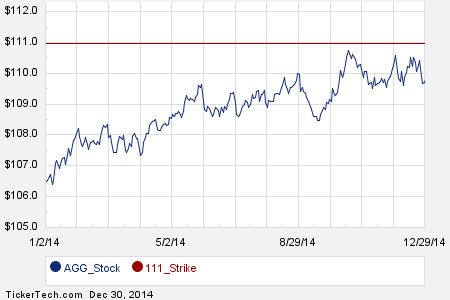Don t chase ETFs trading below net asset value
Post on: 2 Июнь, 2015 No Comment

There’s no doubt exchange traded funds, or ETFs, have become a huge hit with investors. More than 90 ETF products debuted in Canada in the first 11 months of 2011, according to data from Morningstar Research Inc. At the same time, the number of ETF providers in this country doubled. As of February of this year, there were 222 ETFs in Canada with roughly $45.3-billion in assets under management.
As the number of ETFs on offer multiplies, so do the ways investors try to find any edge in an attempt to beat the market. But investors trying to stock up on cheap or undervalued ETFs are probably going to find themselves out of luck. As anyone who has started to follow ETFs can appreciate, the price of an individual ETF can sometimes trade at a discount or premium to the fund’s net asset value (NAV) — essentially the value of the fund as determined by its net underlying holdings.
Unfortunately, such discounts and premiums don’t stick around for long — a few mere hours or a trading day if you’re lucky. “Theoretically, yes, you could buy discounts, but it’s very difficult to capitalize upon,” said Jaime Purvis, executive vice-president at Horizons Exchange Traded Funds Inc. “As a regular investor, if you think you can capitalize on them, I promise the electronic, institutional investors will jump in before you have a chance.”
But a lack of available discounts is actually one of the benefits of ETFs. After all, the mechanisms in place that prevent big premiums or discounts actually work in favour of investors because they prevent bubbles or price crashes from occurring. Here’s why:
The price of an ETF is determined by its underlying holdings, and there is a force that keeps the price in-line with its holdings called the authorized purchaser, also commonly known as the market maker. These entities are usually broker-dealer firms — for example, all six of Canada’s biggest banks offer this service — that provide liquidity in markets.
The market maker’s job is two-fold. One is to track the price moves of the ETF’s underlying holdings — whether that’s stocks or commodities — and ensure the price of the ETF doesn’t deviate from that underlying value. Market makers are also contractually obligated in fair markets to maintain a bid-ask spread that stays within the range of the ETF’s NAV — ensuring there are few periods when a discount or premium develops.
“The market maker’s job is to ensure that supply meets demand — if they have too many units on their shelf, they redeem them with the ETF issuer,” Mr. Purvis said. “When they sense demand is going up, they create more units with the ETF company and sell them to the market. The ETF trades like a stock, but it’s open ended like a mutual fund.”
A regular stock, by contrast, has a set number of shares that are issued by the company and prices freely rise and fall as larger numbers of investors either buy or sell.
Of course, there are cases where ETF discounts or premiums do develop for slightly longer periods of time, usually when the underlying holdings are less liquid.
Mr. Purvis points out that ETF bid-ask spreads are very tight for ultra-liquid holdings such as the Horizons BetaPro NYMEX Natural Gas Bull+ & Bear+ ETF (HUN/TSX). Millions of natural gas contracts are traded every day, allowing the market maker to add or sell the underlying holdings quickly when needed, which corrects any price difference between the ETF and its NAV.
But if an ETF holds foreign companies on stock exchanges with lower levels of liquidity, the market maker may not have the ability to adapt so quickly. In this case, if demand for an ETF goes up, the market maker may have to wait longer to buy or sell the underlying holdings. Factors such as time differences also come into play if an ETF with foreign holdings trades on a North American exchange.
For the most part, however, Mr. Purvis says investors hoping to chase ETFs that have discounts probably won’t experience very fruitful results.
“It’s not a good approach for the average investor,” he said.














